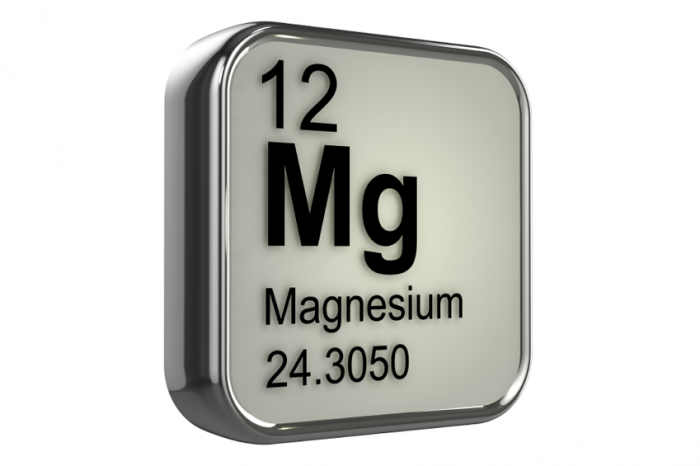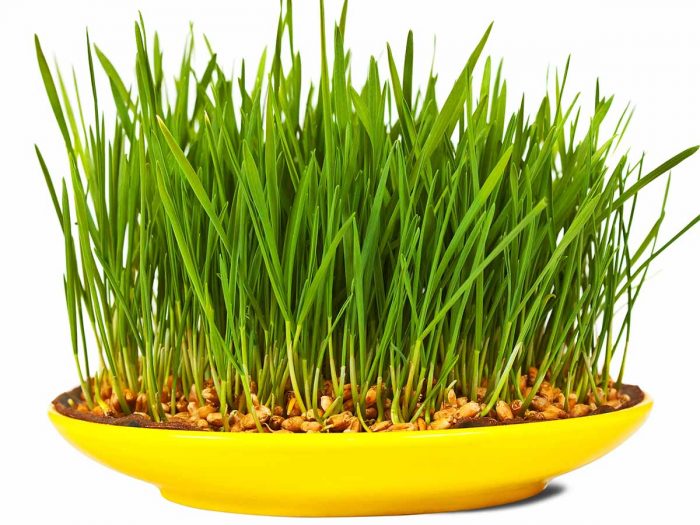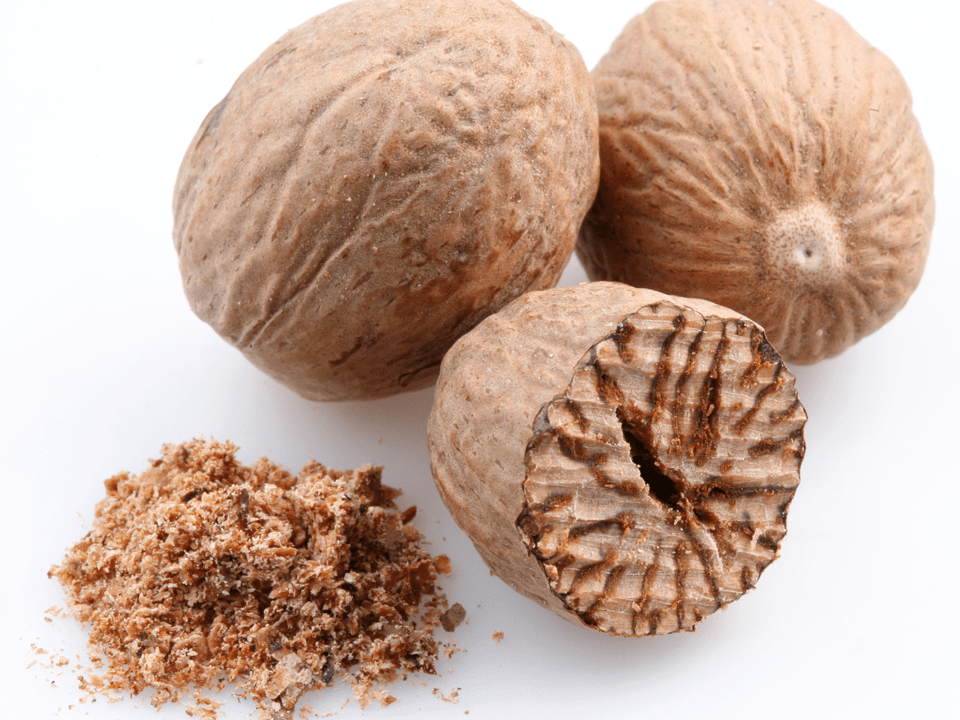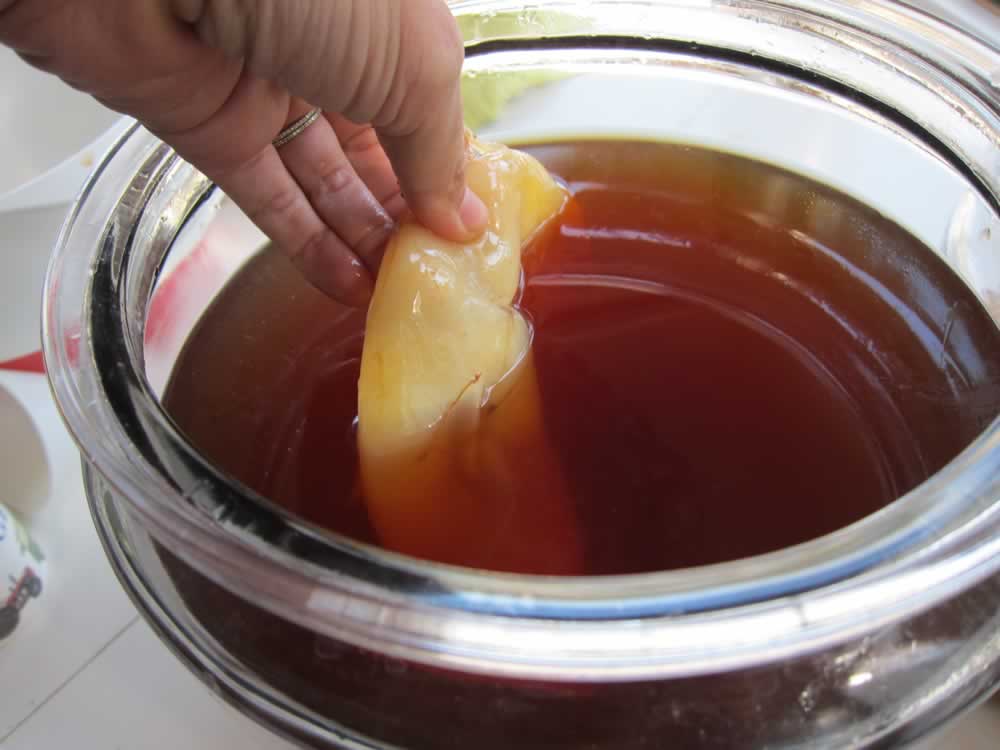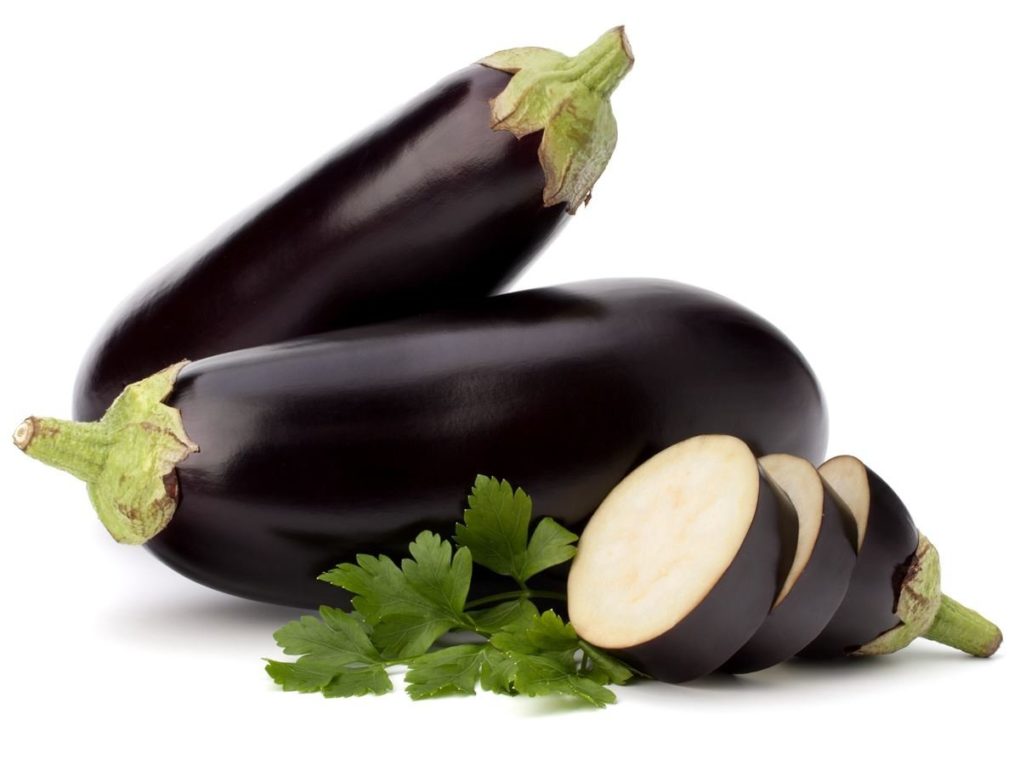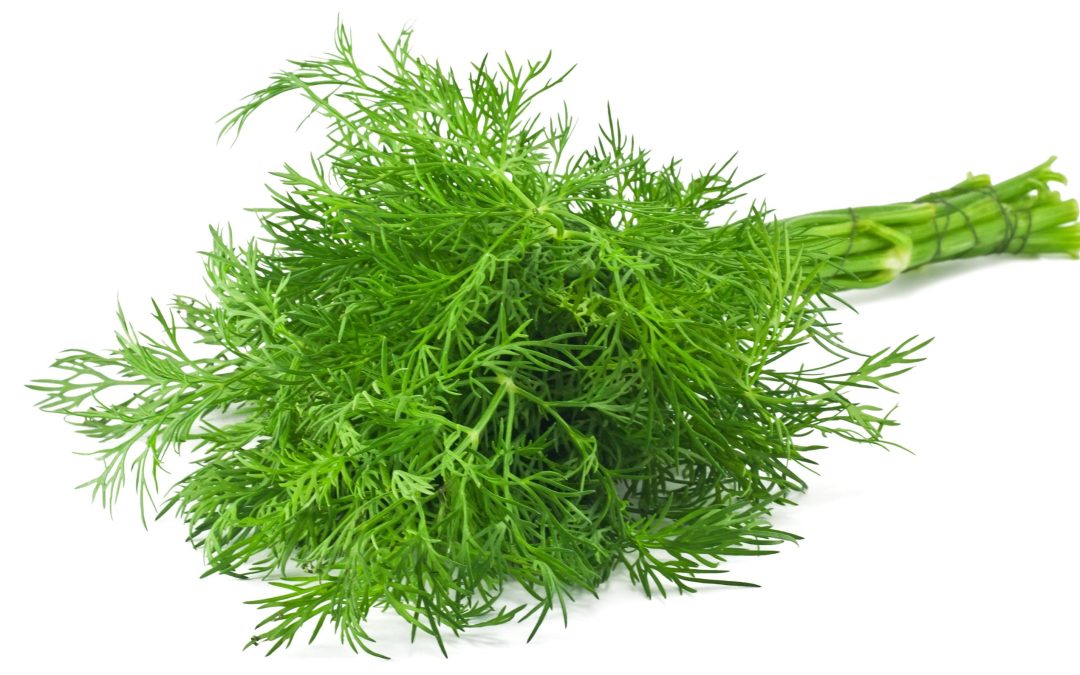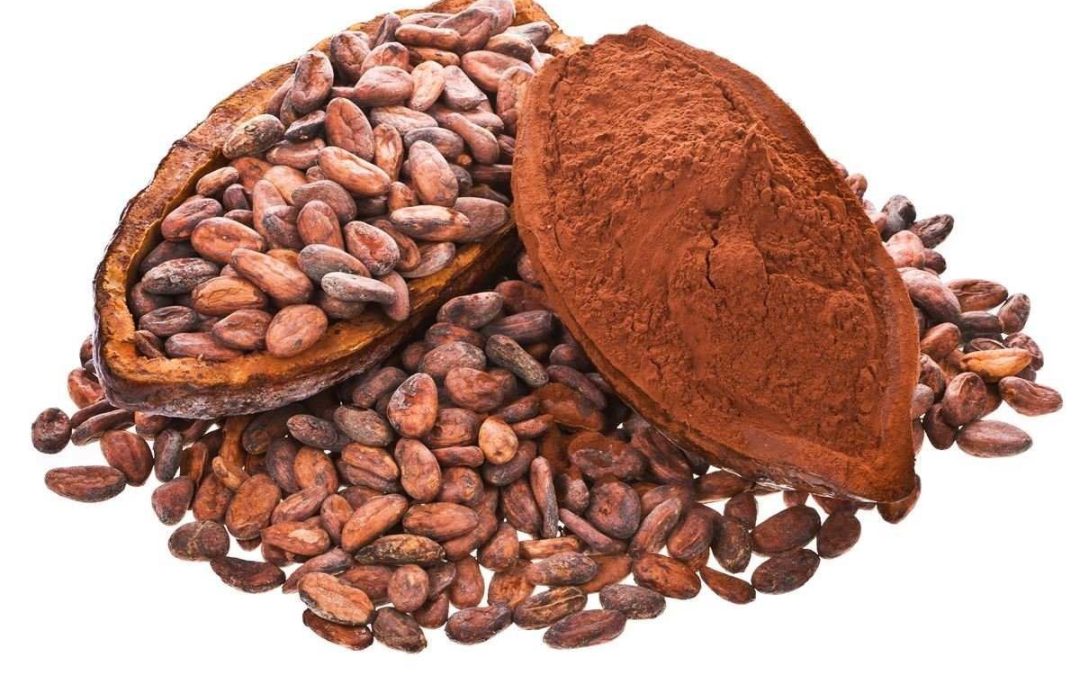What does magnesium do?
- Co-factor in Chemical reactionsMagnesium is involved in over 325 enzyme processes including regulating body temperature
- Produces and transports energyWithout magnesium there is no energy, no movement, no life. It is that simple
- Synthesis of proteinAll our muscles are protein. RNA and DNA, which contains the genetic blueprints for the information of all the protein molecules in the body, is dependant on magnesium.
- Transmit nerve signalsElectrical transmissions along the nerves to and from the brain are dependant on magnesium. These are our thoughts via brain neurons.
- Prevents our brains, muscles and arteries from calcifying.Magnesium relaxes muscles, including heart and blood vessels. Too much calcium in our diets and too little magnesium cause calcification.
- Detox – Magnesium has a powerful detox effect on the body by reducing acidity and removing toxins from the body.
Magnesium Deficiency Symptoms:
- Acidity
- Heartburn
- ALL Allergies
- Anxiety
- Asthma
- Irritability
- Anger
- ALL Pain
- Gout
- Migraines / Headaches
- Depression
- Strokes
- High and low Blood pressure
- High Cholesterol
- Heart Attacks, Spastic Heart, Angina, Arrhythmia, Arteriosclerosis, Blood Clots, Diabetes, Insulin Resistance, Low blood sugar levels, Bowel disease, Constipation, Water retention, poor Blood circulation, FATIGUE, insomnia, kidney disease, Cramping, Spasm’s, Nerve problems, infertility, Osteoporosis, Tooth decay, bad Body Odour, Dermatitis, Eczema, Skin rashes, Acne, ADD, ADHD, bad breath, Varicose Veins, Foot problems, Athlete’s foot, cracked heals, hard skin, premature aging, Wrinkles and many more Health problems can be related to a Magnesium deficiency.
Deficiencies Are Caused By:
Sugar, bread, Coffee, tea, Stress, Polluted air and water, Antibiotics, Contraceptive pill, All Medication, headache pills, Cortisone, Iron Supplements, Heartburn medication and many more factors use up the important mineral.
Sources of Magnesium
Green vegetables such as spinach are good sources of magnesium because the center of the chlorophyll molecule (which gives green vegetables their color) contains magnesium. Rich sources of magnesium include legumes, whole grains, green leafy vegetables, wheat bran, Brazil nuts, , almonds, cashews, blackstrap molasses, pumpkin and squash seeds, pine nuts, and black walnuts. Other good dietary sources of this mineral include peanuts, whole wheat flour, oat flour, beet greens, spinach, pistachio nuts, shredded wheat, bran cereals, oatmeal, bananas, and baked potatoes (with skin), and cocoa powder. Many herbs, spices, and seaweeds supply magnesium, such as agar seaweed, coriander, dill weed, celery seed, sage, dried mustard, basil, cocoa powder, fennel seed, savory, cumin seed, tarragon, marjoram, poppy seed. The magnesium content of refined foods is usually low. Whole-wheat bread, for example, has twice as much magnesium as white bread because the magnesium-rich germ and bran are removed when white flour is processed. Water can provide magnesium, but the amount varies according to the water supply. Magnesium supplements include magnesium oxide, magnesium gluconate, magnesium chloride, magnesium citrate, magnesium hydroxide, magnesium aspartate, magnesium orotate, magnesium arginate, magnesium pidolate and other amino acid and oligopeptide chelates of magnesium.
For more information on Natural Sources of Magnesium, follow this link
Recommended Dosage
Pediatric
Do not give magnesium supplements to a child without a doctor’s supervision.
Infants and children up to 3 years of age: 40 – 80 mg daily
Children 4 – 6 years of age: 120 mg daily
Children 7 – 10 years of age: 170 mg daily
Adult
Adolescent and adult males: 270 – 400 mg daily
Adolescent and adult females: 280 – 300 mg daily
Pregnant females: 320 mg daily
Breastfeeding females: 340 – 335 mg daily
A person’ s need for magnesium increases during pregnancy, recovery from surgery and illnesses, and athletic training when a supplement can be taken as well as increased, but balanced magnesium food sources.
DBM Protocol – Adjunct Therapy – Magnesium Chloride Therapies
Magnesium Chloride Oil
Ingredients
- ½ cup Magnesium Chloride
- ½ cup distilled water
- A glass bowl or glass measuring cup
- A glass spray bottle (plastic will work too provided it is BPA-free)
Instructions
- Boil the distilled water. It is important to use distilled to extend the shelf life of the mixture. Put the Magnesium Chloride in the glass bowl or measuring cup and the pour the boiling water over it.
- Stir well until completely dissolved. Let cool completely and store in the spray bottle. Can be stored at room temperature for at least six months.
How to Use Magnesium Oil
- Spray on arms, legs, and stomach daily. (in some cases spray directly onto affected breast)
- Use 10-20 sprays per day. It will tingle on the skin the first few times it is used, and this is normal. It should fade after a few applications, but you can dilute with more water if it bothers you too much.
- You can leave on the skin or wash off after 20-30 minutes, or you can apply after a shower and then use coconut oil to moisturize about 5 minutes later.
- If applying (if directed to do so) directly onto breast, massage gently into the tissue.
- Leave on for 20-30 minutes and moisturize with coconut oil.
Oral Supplementation
The best way to take magnesium is to combine transdermal application with oral administration for concentrated doses that achieve maximum therapeutic effect.
When practicing medicine, we are looking to change people’s conditions quickly and we do that best when we take doses up to the maximum.
Spray magnesium chloride oil under the tongue, or take in a glass of pure water or juice (not green juice) is an excellent way to take magnesium internally. It assists digestion, counteracts excess acidity in the stomach, and delivers magnesium swiftly into the bloodstream for distribution to all the cells of the body. Minerals like magnesium in ionic liquid form are superior to pill forms. More magnesium will get absorbed and absorption will not depend so much on hydrochloric acid levels.
Magnesium Oil Recommended Daily Oral Dose:
- Spray 5 squirts from your spray bottle into a glass of freshly squeezed orange juice, b.d /b.i.d
- Vitamin C helps with the absorption – grapefruit juice or lemon juice may also be used or even a combination of them all.
- Patient should find an appropriate time to take the oral dose – half an hour away from your IMMUNOClean™ Drops.
Magnesium Chloride Oil Pack
Magnesium Chloride Oil (Mco) Pack Instructions:
- To make a compress pack -Fold a piece of 100% wool, soft cotton or small towel into 3 or 4 layers and soak in magnesium chloride oil to make a pack.
- Heat in a low-heated pan or in a bowl in a steamer (ensure the steamer is at optimal working level before placing pack which is in a plastic bag, in the steamer) – make sure it is not too hot.
- Place pack over area of concern –g. tumours, infected, inflamed, painful/stiff/calcified joints or muscles, adhesions or scar tissue.
- Cover with plastic and a dry towel for insulation and leave for 1-2 hours –For best absorption, place a hot water bottle over the pack to keep it warm.
- Pack can be reused a few times -keep it wrapped in plastic, and refresh with a little more oil at the next use.
Magnesium Chloride Intestinal Cleanse
How to Use Magnesium Oxide for an Intestinal Cleanse
Magnesium oxide cleanses small intestines and colon. It has been used for over a century in naturopathic medicine as a safe natural laxative to cleanse the entire digestive tract with oxygen – It is gentle and non-habit forming.
Cleansing with magnesium chloride for one week is like having a colonic, and it cleans the small intestine, which a colonic does not. It is claimed to remove impacted food matter, heavy metals, and anaerobic pathogens by dissolving the waste build-up. Supposedly, it is used by NASA to detoxify astronauts’ digestive tracts in preparation for outer space. Proprietary blends with magnesium oxide and/or chloride are found but these tend to be expensive.
How often to do cleanse?
- To cleanse entire digestive tract – Take first thing in the morning and last thing at night for 1 week;
- For maintenance – use it one time per week.
Instructions for using Magnesium Chloride
- Drink 250ml of water (room temperature) mixed with 1 level tsp Magnesium Chloride
- Immediately drink the juice of 1/2 a fresh lemon (the catalyst to activate the oxygen in the stomach) diluted with 60ml to 120ml of clean spring/borehole water
- Take Magnesium Chloride on an empty stomach and wait 90 minutes before eating.
- Access to a bathroom is advised after each serving! – It will create a watery bowel movement which indicates it is working. It is not a sickness type of diarrhoea – Any magnesium based laxative works by the body drawing water into the bowel to flush out the excess magnesium you consumed. Some oxygen is also released into the body.
- You absolutely MUST DRINK EXTRA WATER to replenish the water used!
- If your reaction to the cleanse is too strong, cut down the amount of magnesium chloride taken when next dose is required.
- Take any other medicine and magnesium chloride at least 2 hours apart
- Ensure that you inform your healthcare practitioner that you are taking magnesium chloride
Note
It is vitally important after ANY type of bowel or intestinal cleanse, that you repopulate the gut with healthy bacteria. To do this we recommend daily ‘doses’ of sauerkraut or other fermented foods.
